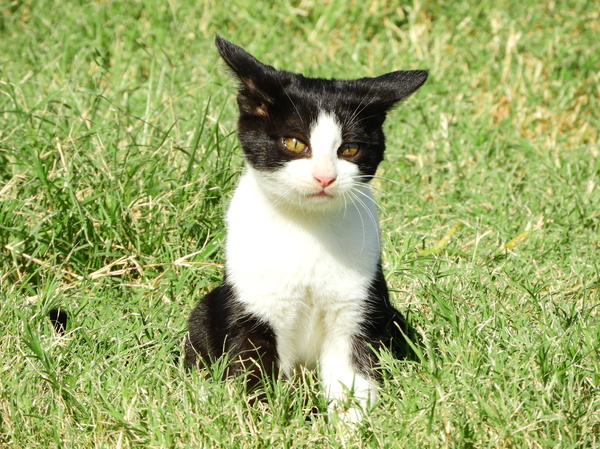Managing Allergic Reactions with Dust-Free Cat Litter
Managing Allergic Reactions with Dust-Free Cat Litter
Blog Article

Cat litter and litter boxes play a pivotal function in the lives of both cats and their owners. From the simple starts of sand and soil to the ingenious developments these days, the world of cat litter has actually evolved considerably. In this detailed guide, we look into every element of cat litter and litter boxes, exploring their history, types, benefits, challenges, and everything in between.
The history of cat litter dates back centuries, with ancient civilizations using sand, soil, and even ashes as primitive litter materials. However, it wasn't until the mid-20th century that modern cat litter as we understand it emerged. In 1947, Edward copyright introduced the world's first commercial cat litter made from absorbent clay, reinventing the method felines relieved themselves inside your home. Considering that then, cat litter has actually gone through various changes, with the introduction of clumping litter, silica gel litter, naturally degradable choices, and more.
Today, cat owners are spoiled for choice when it comes to selecting the right litter for their feline companions. Standard clay litter stays popular for its cost and effectiveness in taking in odors. Clumping litter, which forms solid clumps when wet, simplifies cleaning and upkeep. Silica gel litter, made up of highly absorbent silica crystals, offers superior smell control and durability. Naturally degradable choices, such as recycled paper, wood pellets, corn, and wheat, attract environmentally mindful customers.
Each type of cat litter offers unique benefits. Clay litter stands out in its ability to absorb wetness and control odors, making it a reputable choice for many feline owners. Clumping litter self cleaning cat litter box streamlines daily scooping and extends the time in between total litter changes. Silica gel litter provides extraordinary odor control and can last longer between replacements. Eco-friendly litters provide a sustainable alternative that decreases ecological impact.
While cat litter boosts indoor feline health, it is not without its challenges. Dust from clay litter can posture breathing risks for both felines and people, prompting the appeal of dust-free cat litter boxes alternatives. Some felines may establish litter box aversion due to concerns with texture, fragrance, or cleanliness, necessitating experimentation with various litters and box configurations. Multi-cat households might require tactical litter box placement and regular maintenance to avoid territorial disputes and make sure all cats have access to tidy facilities.
Picking the appropriate litter box is necessary for promoting positive litter box routines and general feline wellness. Aspects to consider consist of size, ease of access, and style preferences. Covered litter boxes supply privacy and assistance contain smells, however some cats might find them confining or frightening. Open-top litter boxes provide simple access and exposure however may lead to more litter scatter. Automatic self-cleaning litter boxes streamline maintenance however need regular monitoring and maintenance.
Proper litter box maintenance is essential for making sure a clean and inviting environment for both felines and their owners. Daily scooping removes waste immediately, minimizing odor and preventing litter box aversion. Regular litter replacement, usually every 1-2 weeks, prevents bacterial accumulation and keeps optimal absorbency. Comprehensive cleansing with mild cleaning agent and water, preventing harsh chemicals that may prevent felines from using the box, must be carried out monthly.
Cat litter and litter boxes play a central role in cultivating a healthy and harmonious relationship between cats and their human buddies. With a diverse range of litter choices and litter box styles available, feline owners have the versatility to customize their options to Wood Cat Litter suit their cats' preferences and home requirements. By comprehending the advancement, types, benefits, and challenges of cat litter and litter boxes, animal owners can offer their feline pals with a comfy and sanitary indoor environment.